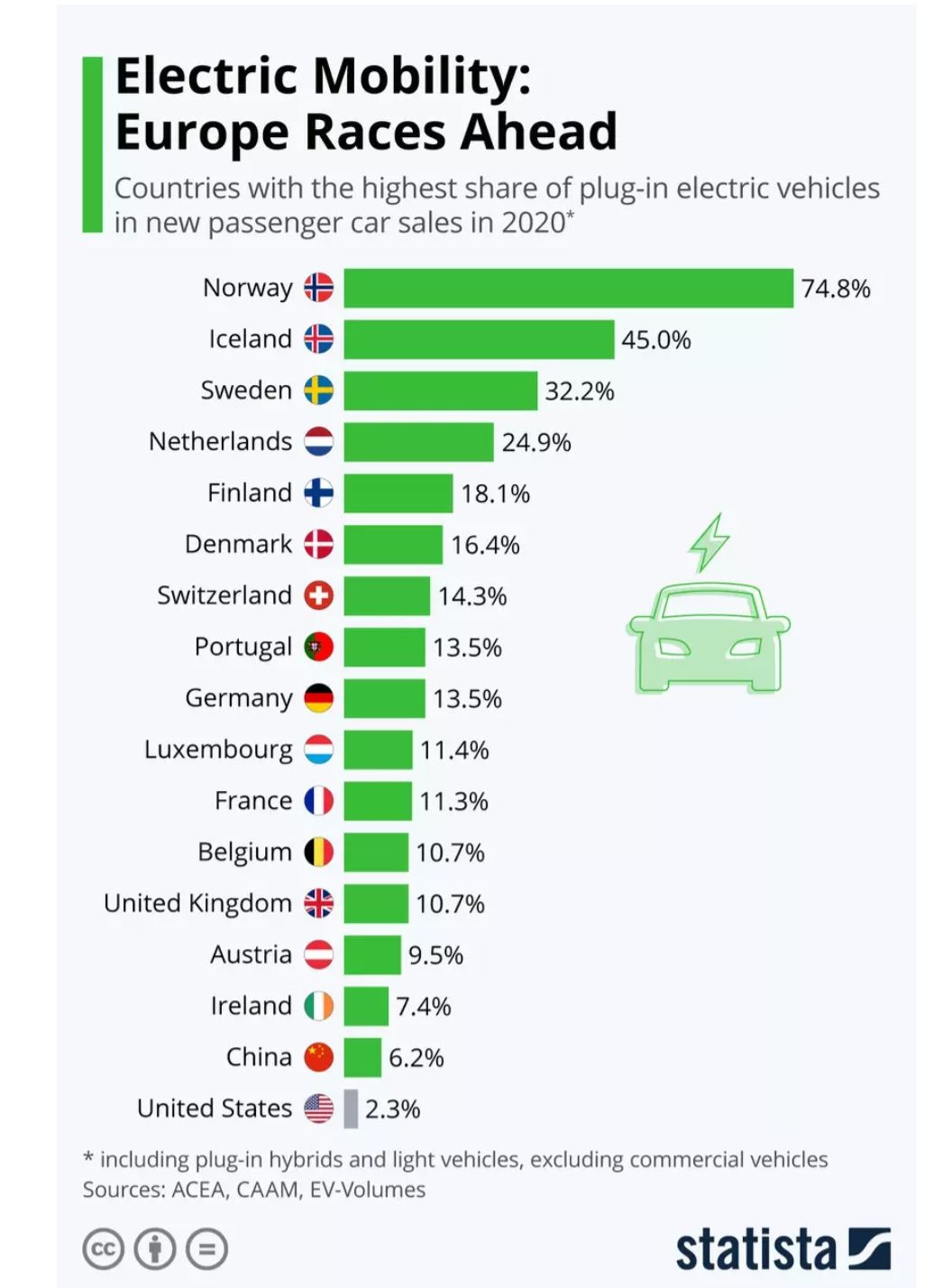Barriers to electric mobility
Facing climate change and associated issues such as humanitarian crises and growing socio-economic disparities, the global agendas uniformly recognize the urgent need to transition to sustainability.


Facing climate change and associated issues such as humanitarian crises and growing socio-economic disparities, the global agendas uniformly recognize the urgent need to transition to sustainability.
Efforts to go electric are on the rise globally, with countries working tirelessly to see the success of the electric transport transition. According to the World Economy Forum, electric vehicles accounted for 4.2% of light vehicle sales in 2020, almost double 2019's 2.5%. Norway, Iceland, and Sweden are leading the charge, with plug-in electric vehicles accounting for 74.8%, 45%, and 32.2% respectively in 2020.
Electric vehicles are beginning to enter the market in East Africa, mainly in the context of micro-mobility. The situation is slowly evolving with the introduction of some electric vehicles, albeit at stages of small fleets or pilot projects. Such vehicles include two and three-wheelers, including bikes, motorcycles, tricycles, as well as buses and cars, the latter both in the forms of private vehicles and for commercial purposes as taxi services. The transition towards electrification is a complex process, characterized by a triple value chain of vehicles, charging, and surrounding network, commonly requiring deep multi-sectoral cooperation and seeing the emergence of new electric mobility players such as private transportation or energy companies. Therefore, e-mobility may add further complexities to local systems and, arguably, could run the risk of being contested on various levels.

Contestations as a reaction to transportation regulation and innovation are not uncommon. Recently, protests and unrest instigated by policies addressing climate change were significant and concerned different dimensions of transportation planning. This included contestation of regulations on fuel taxation as in France during ‘Yellow Vests’ protests, imposed technological standards in the electrification of jeepneys in Metro Manila or Cape Town where extension of the bus system to townships was contested by operators of mini-buses. Those examples illustrate why neglecting socio-economic issues in climate change-oriented policy planning may result in a spontaneous contestation of a specific solution and in some cases entangling it with political agendas.
Recently, these kinds of tensions have been fueled by the public health regulations linked to COVID-19 and were perceived as a further threat to the economic wellbeing of small-scale entrepreneurs. The pandemic context is thus likely to further complicate the transitioning process to electro-mobility due to the disruption of supply chains and redirection of budgetary sources to other priorities.
For these reasons, addressing the issues of social justice, informal solutions, workers’ rights, and similar, emerges as a central component of transitioning processes. The social and economic aspects of the integration of e-mobility solutions into local contexts should be considered as equally important as their technological appropriateness or regulatory mechanisms they enforce. The picture gets further complicated considering that transitioning to e-mobility happens within a variety of transport modes.
On the 21st of May, The Association for Electric Mobility and Development in Africa (AEMDA) launched the findings on EV market barriers in Kenya. The purpose of the launch was to inform stakeholders about the current barriers to E-mobility entry and business in Kenya. The event was open to the public, and approximately 70 people attended, the majority of whom were from East Africa.
Importation, policy, standards, standardization, stakeholder engagement, and consumer awareness were among the six thematic areas covered by the findings. More than 60% of Kenya’s E-mobility market participants were represented in the report.
Source:
i) AEMDA (2021) Kenya’s Electric Mobility Market Barriers Launch 2021
ii) Felix. R (2021) Which countries have the most electric cars?




